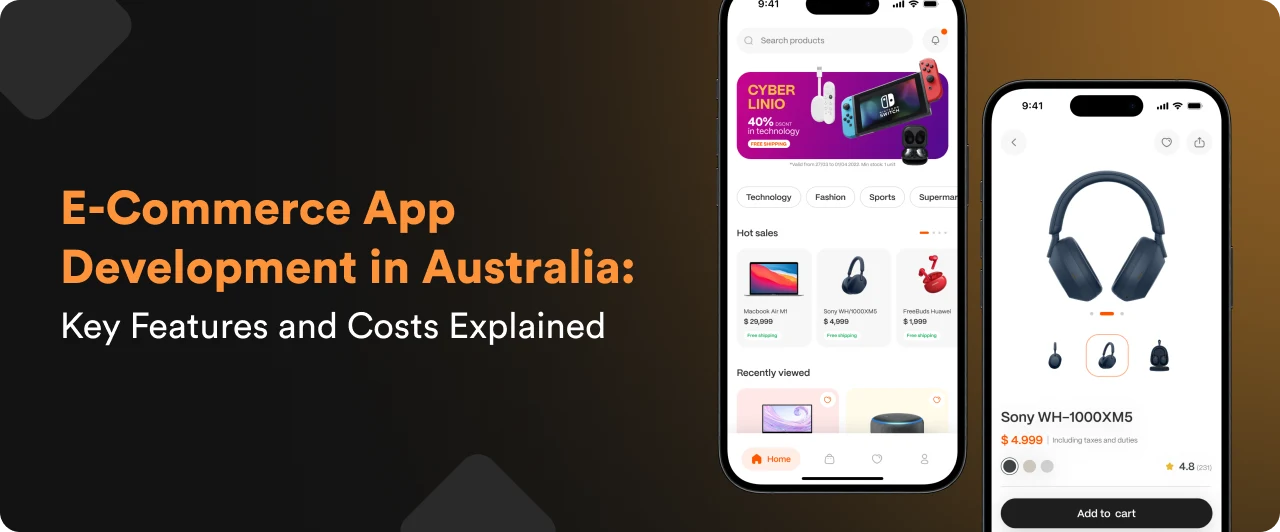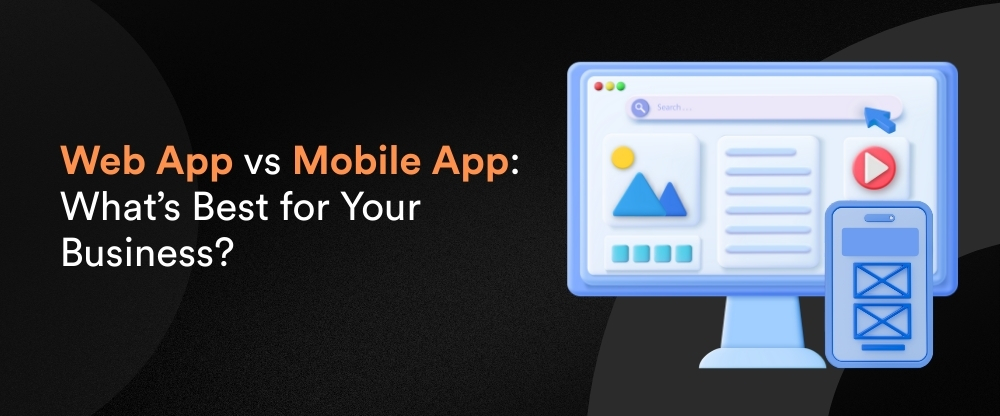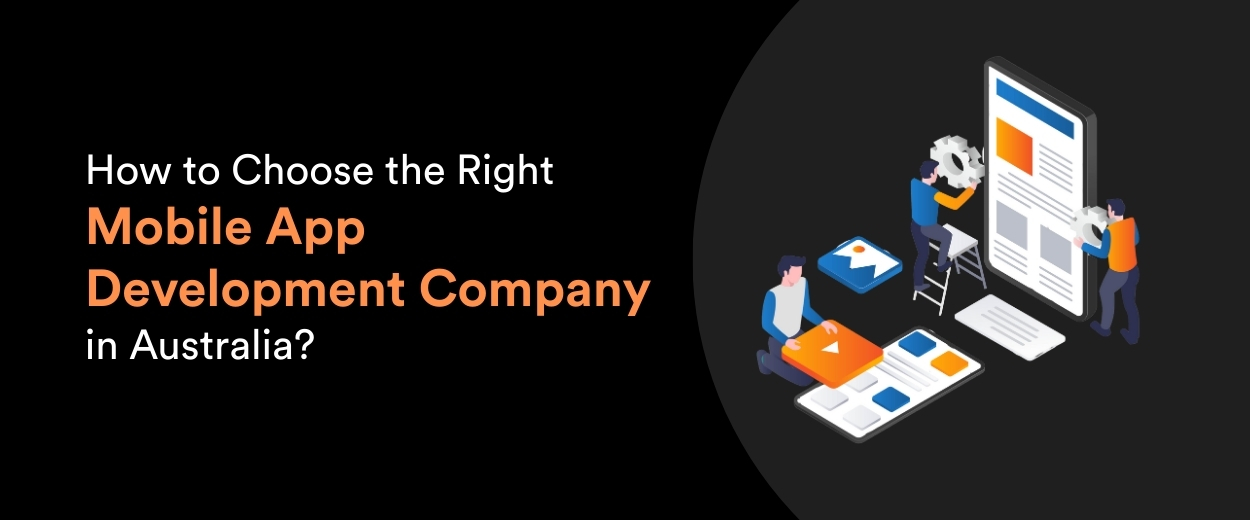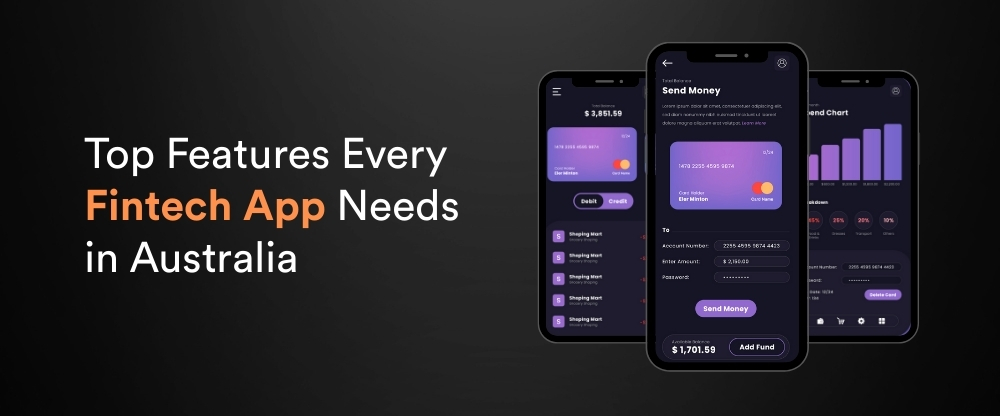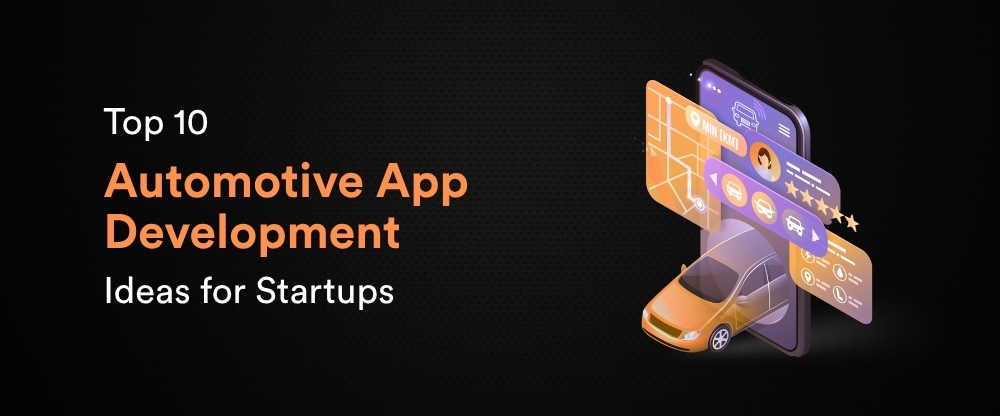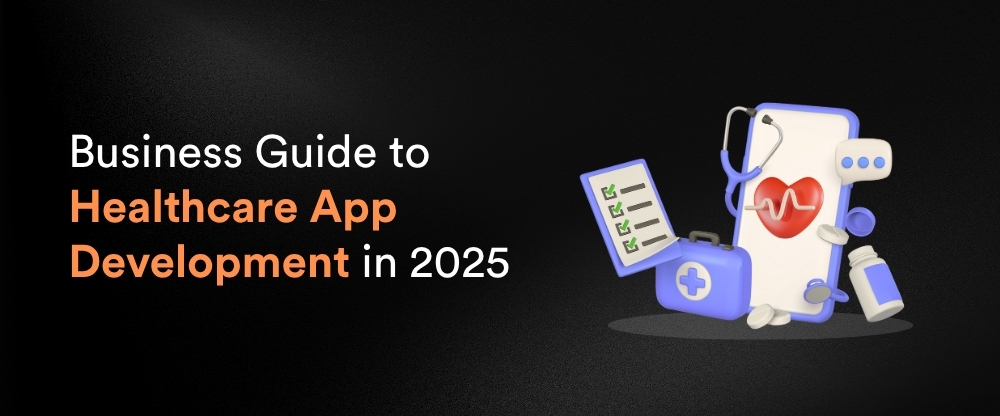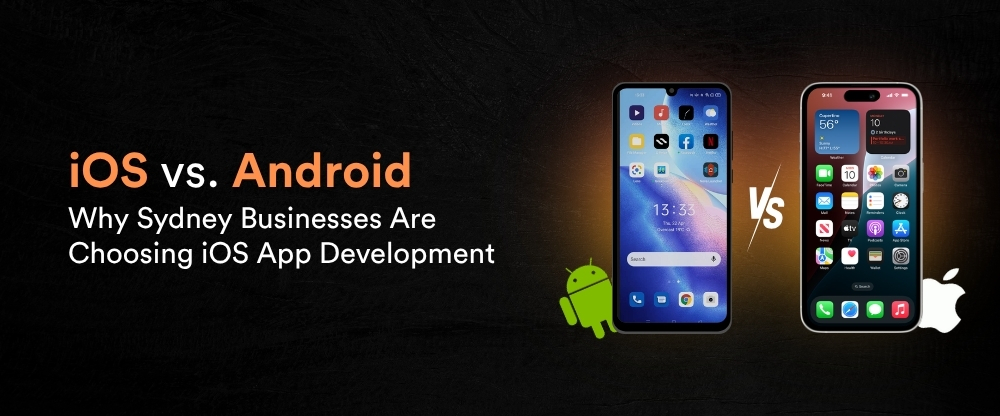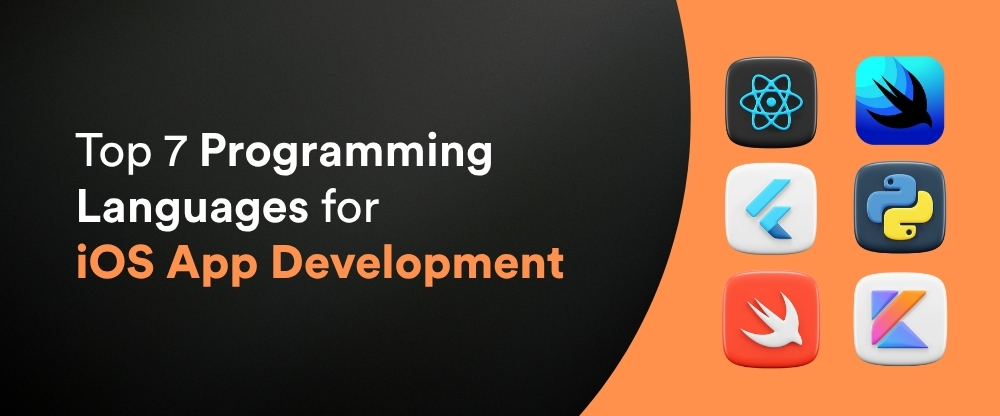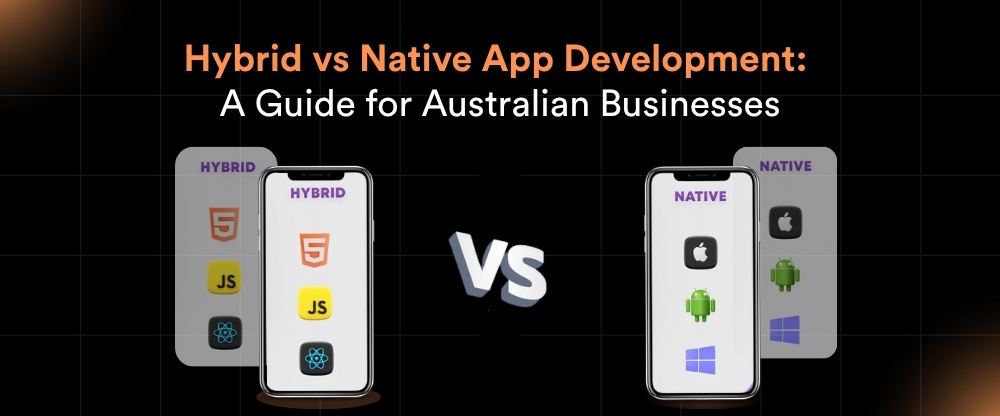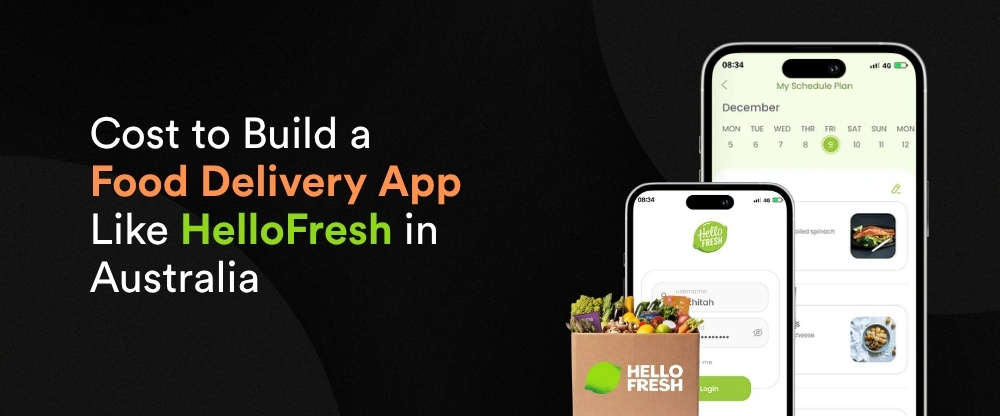
The food delivery market in Australia is going crazy. People are all logging on to do their weekly shopping, meal kits are selling like virtual hotcakes, and entrepreneurs are wondering whether they can take a cut of the billion-dollar cake.
Contemplating the follow-up HelloFresh? The first question to come out of the lips of every startup founder is: What is this going to cost me? The simple answer is no. There are more factors than you might imagine.
However, the good news is that you do not need to spend a lot of money to get the best quality mobile app development in Sydney as long as you are aware of what you are doing. What are the actual expenses of developing an Aussie-ready food delivery app? Let us analyze them.
The Core Features That Drive Your App Development Budget
We have not yet reached the dollars and cents, but it is time to discuss the ingredients that make a food delivery app go. HelloFresh is not a pretty picture of food but a complex ecosystem that takes care of everything, including meal planning, logistics, etc.
Your app requires user registration, meal personalisation, a payment gateway, delivery time, and customer service. Every feature is amped up in terms of complexity and cost.
Essential Features for Your Food Delivery App
This is what you absolutely should not miss:
- User profiles and preferences – Diet restrictions, family size, cooking skill level.
- Meal planning and customisation – Weekly menus, ingredient swaps, portion sizes.
- Smart shopping cart – Subscription management, one-off orders, promotional codes.
- Payment gateway integration – Multiple payment methods, secure transactions, and recurring billing.
- Delivery management – Real-time tracking, delivery windows, and address management.
- Customer support – In-app chat, order modifications, and refund processing.
Breaking Down the Real Costs – No Sugarcoating
So, what are the nuts and bolts numbers? It is not a cheap venture to build a food delivery application in Australia, but it is not out of this world either, with some planning.
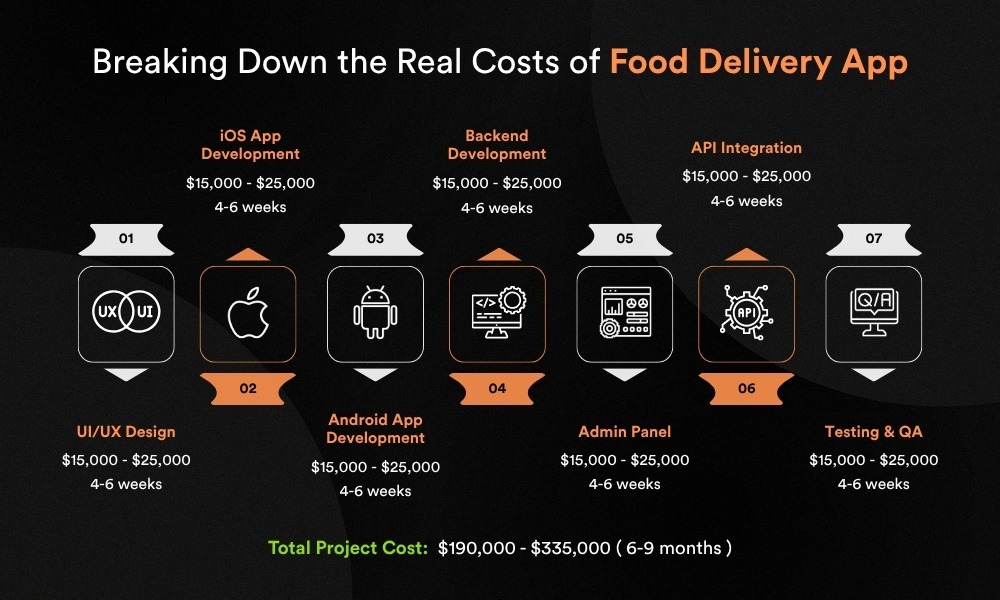
These figures presuppose that you will be working with a good development team, not the cheapest one on Fiverr. This is the typical range of quality mobile app development services in Australia.
What Makes Food Delivery Apps Expensive? The Hidden Complexity
Food delivery apps are simply considered as Uber of groceries by most people, whereas it is akin to saying that Ferrari is a car with wheels. The devil is in the details, and it requires money.
Backend Infrastructure That Works
Thousands of concurrent users should be supported by your backend. It should be able to securely process payments, manage inventory in real time, and track integration with logistics providers. It is not WordPress territory. You require heavy Infrastructure.
- Database architecture – Customer data, product catalogs, order histories
- Payment processing – PCI compliance, fraud detection, international cards
- Inventory management – Real-time stock levels, automated reordering
- Logistics integration – Route optimisation, delivery partner APIs
- Analytics and reporting – Customer behaviour, sales trends, operational metrics
Learning from Aussie Success Stories
Dinnerly has a different strategy, which is centered on affordability, but does not sacrifice quality. Their application shows that just because you do not have all the bells and whistles, you will not be successful, but you need to have a solid core functionality.
The two companies have spent on local development teams that are familiar with the Australian market. The local knowledge is not something that is good to have, but rather it is needed to create features that Aussie users will enjoy.
Ways to Keep Costs Under Control Without Sacrificing Quality
Wise entrepreneurs learn how to invest and how to cut expenses. This is how to create a killer app without killing your pocket.
Start with MVP, Scale with Success
Your first product should be a Minimum Viable Product. Make the bare bones features work flawlessly, and then add the frills. It is always possible to add advanced meal planning algorithms later, but concentrate on getting the basics right.
Choose Your Development Partner Wisely
Not every development team is the same. Find a mobile app development company that does food delivery. They will see the possible problems in advance and spare you the costly redesign.
- Portfolio check – Have they built similar apps before?
- Technical expertise – Can they handle your specific requirements?
- Communication style – Will they keep you in the loop throughout development?
- Post-launch support – What happens when you need updates or bug fixes?
Ongoing Costs You Can't Ignore
Developing the app is only a start. This is what you will be paying even after the launch day.
Hosting costs on the server, transaction fees, app store cut, and continuous development build up. A medium successful app will cost you between 10,000 and 20,000 dollars a month.
Marketing is a whole new animal. The competition in Australia makes customer acquisition costs of food delivery apps reach up to $20-50 per user.
🎧 Podcast: What It Really Costs to Build a Food Delivery App Like HelloFresh

Prefer listening? In this episode, our Sydney app experts break down the real costs of building a food delivery app in Australia — from key features and backend needs to smart ways to save. Get insider tips and avoid common pitfalls as you plan your launch.
The Bottom Line on Food Delivery App Costs
Developing a food delivery app like HelloFresh in Australia is not something that can be done over the weekend or a low-budget project. It will cost you 190,000-$335,000 to have a quality app that you will not be ashamed to have in the app store.
However, the thing is that when you get it done right, the possible returns are enormous. This is because the food delivery market in Australia is in billions, and innovation is still possible. The trick is to get a good combination of features, quality, and price.
Do not attempt to develop everything all at once. Core features first, to real users fast, and iterate upon feedback. The most effective food delivery applications have been developed. They were not perfect right at the start.
Above all, select your development partner well. An experienced mobile app development in Sydney team will be cheaper by the end of the day by making everything done correctly the first time.
Thinking about building the next big thing in food delivery? We’ve helped dozens of Australian startups navigate the app development journey, from initial concept to app store success. Want to discuss your idea or have questions? Contact us — we’ll give you straight answers about costs, timelines, and what it takes to succeed in Australia’s competitive market.
Frequently Asked Questions (FAQs)
Generally, 6-9 months on a complete app with adequate testing. When you have to fix problems later, rush jobs normally cost more.
In Australia, iOS is the place to begin when you want to work with high-end customers. Android, in case you need a wider market penetration on day one.
Infrastructure and backend development go hand in hand. All the buzz goes to the flashy front-end, which is all that the user sees, but it is the unsung back-of-house configuration that keeps the gears turning like a well-oiled machine.
You should allocate at least 50% of your development budget in the first year to marketing. Not even the sharpest app can become successful without a good push.
Template options can be cost-effective to get started with, but can be restrictive. Custom development brings you the freedom to differentiate and innovate.



